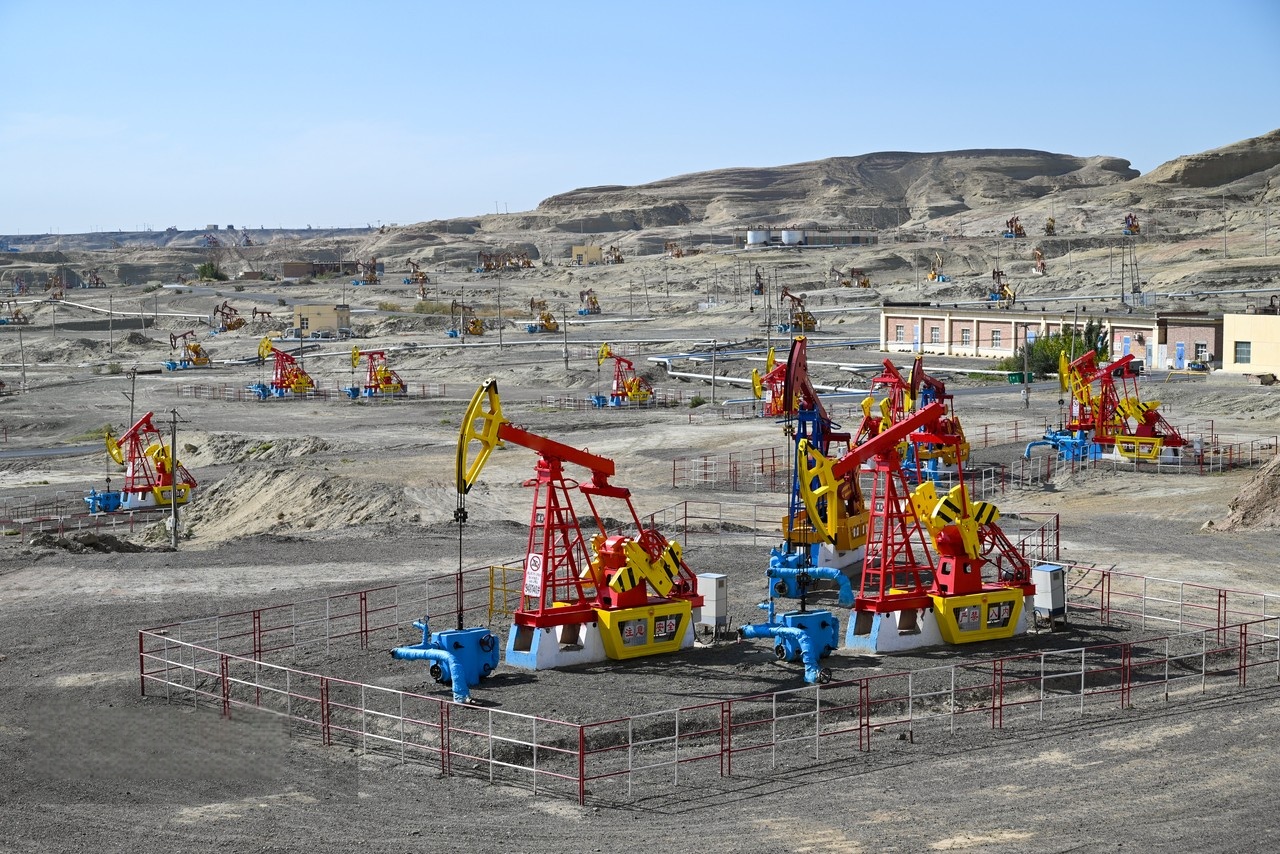Whenever an oil well is unable to lift crude oil to the ground autonomously like a tired old man, engineers activate artificial lift technology. Gas lifting is one of the most commonly used methods. Does it count as artificial lift technology? The answer is very clear: yes, gas lifting is not only an artificial lift, but also an efficient technical means recognized by the petroleum industry.
Usually if people want to understand this conclusion, they must first understand the core concept of artificial lift. In simple terms, when the energy of the oil well itself is insufficient, people use external equipment to “push” or “pull” underground to help the crude oil reach the ground. This is artificial lift. The operation of gas lifting is very intuitive-engineers inject high-pressure gas (usually natural gas or nitrogen) into the depths of the oil well through pipelines. These gases are mixed into the crude oil like countless small balloons, making the entire oil column lighter. The lighter crude oil is more likely to be pushed by the pressure at the bottom of the well, and it can naturally continue to flow to the ground.
Some people may ask: Isn't the injected gas also an underground resource? Why is it considered "artificial”? The key is that the energy source is related to human control. Self-injection wells rely entirely on the natural pressure of the formation, just like spring water flowing naturally in the mountains. For gas lifting, the gas needs to be pressurized by a large ground compressor, and then the injection volume and depth are controlled by a precision valve. The whole process is like installing a “ventilator system” for an oil well. Taking the Bohai Oilfield in my country as an example, workers need to adjust the injection pressure according to the state of the oil well every day. This kind of continuous human intervention is the sign of artificial lift.

Compared with other types of artificial lift methods, the unique advantage of gas lifting lies in its “flexibility”. Traditional oil pumping machines rely on metal rods to repeatedly hit underground crude oil, which can easily cause equipment wear and tear; Electric submersible pumps sink to the bottom of the well like submersible motors, and they can easily get stuck when encountering sand grains. The lifting of gas is like injecting an invisible force into crude oil. There is neither mechanical collision nor sediment interference. Especially in offshore platforms or remote desert oil fields, this feature that does not require heavy machinery is more practical.
It is worth noting that the “artificial” attribute of gas lifting runs through the entire life cycle. From the initial design stage, the engineer calculates the optimal air injection point, to the production process to adjust the air pressure according to changes in oil volume, to the maintenance of the compressor pipeline in the event of failure-every step depends on manual decision-making and operation. There was a well in the Karamay oilfield in Xinjiang that could increase production by 15% just by improving the gas injection time. This is not a living proof of artificial intelligence-driven technology.
With the development of science and technology, modern gas lifting systems have been equipped with intelligent sensors. They can automatically monitor the status of the oil well and transmit data, but the final adjustment instructions still need to be issued by the technicians in the control center. Just as self-driving cars still need human supervision, smart devices only extend human capabilities, not replace the essence of artificial lift.
In general, gas lifting is a complete artificial lift technology from the working principle to the operating practice. It replaces steel machinery with invisible gas and replaces fixed mode with dynamic adjustment, becoming a flexible and reliable “invisible hand” in the hands of petroleum engineers. When we saw the flowing gasoline at the gas station, we might not have thought that many of them came to us through this intelligent artificial lift method.

